How to Make Homemade Baby Food
If you have never made your own baby food, I have good news for you – it is extremely easy to do and it saves you a ton of money!
If you have never made your own baby food, I have good news for you and your pocketbook. It is extremely easy to do and it saves you a ton of money! Are you ready to begin? Good, let’s get to it!
Note: Consult your pediatrician if you have any concerns about what foods are appropriate or how to make homemade baby food. I did this at length and followed the pediatrician’s guidelines of what to feed my children.
The main kitchen appliance I would recommend for this is a food processor. It makes the whole process extremely quick. Once you are set up with one, you may be wondering what to make. Of course, if your baby is just starting to eat baby food you want to only introduce one food at a time so you can check for allergies. Once you are in a groove and know that your baby can tolerate a variety of foods, try to consider if you can portion a small bit of your family’s dinner to puree for your little one. You might want to set aside a bit of food in a container before adding salt or hot spices to your final dish.
Ideas for food:
- Sweet potatoes and apples
- Chicken with broccoli and cheese
- Beef with carrots, peas, and gravy
- Potatoes with cheese and vegetables
- For younger babies, just start with single foods like carrots, sweet potatoes, etc. See how they tolerate the food for several days and check for any allergic reactions. Then continue on and try something else.
Cooking Techniques:
- Steaming – Preserves the taste and nutrient content of food
- Microwaving – Quickly cooks fresh fruits and vegetables (and later on fish) with minimal nutrient loss.
- Boiling – Can destroy nutrients if overcooked, so be sure to boil just until tender with the minimum amount of water necessary
- Baking – Retains nutrients and is convenient for multi-tasking Mommas. Bake until tender and scoop out the flesh of the fruits and veggies.
Blending: Cut the pieces of food into small pieces. Blend in a food processor until very smooth. Add a tablespoon of water bit by bit if needed to thin the puree. You can use the water from the boiling pot if you cooked the food that way. Just don’t use bottled mineral water because of the high sodium content.
Freezing: Store the pureed food in a dish in the fridge until it has cooled. Spoon into ice cube trays and place in the freezer until frozen. Pop-out of ice cube trays and store in freezer zip lock bags that have been labeled and dated. Try to remove as much air from the bag as possible.
If the food cubes are being stubborn and don’t want to pop out of the trays, dip the bottom of the tray in hot water for 10 seconds then try again. They should pop right out.
Reheating: Reheat in the microwave or in a saucepan. Be sure to reheat until it is hot all the way through. This is important so that any possible bacteria is killed. If using the microwave, be very careful of hot spots that can occur in the baby’s food. This means that one area of the food may be ice cold, while another area is extremely hot. Stir the puree very well after heating and make sure any hot spots are gone. For safety, do not reheat a puree more than once.
Storage Times:
- Veggie purees – 6 months
- Fruit purees – 6 months
- Purees w/milk – 2 months
Food Safety Tips:
- Only reheat the baby food once. Discard any unused portions. The same goes for partially eaten puree leftovers in the fridge. Once saliva hits that food, bacteria start forming, and you don’t want your baby to eat it later on after it has developed in the fridge.
- Always date your food and throw away expired baby food.
- If you are cooling down a cooked food, store it in the fridge, not on the counter, otherwise more bacteria will form.
- Don’t add extra salt, sugar, or honey to baby food. Salt puts a strain on the kidneys, sugar encourages a sweet tooth, and honey carries a slight risk of botulism infection in young children.
For 16 years, I have been the creator & full-time blogger of Mom Spark. I’ve also created content for numerous outlets such as Good Housekeeping, Better Homes & Gardens, & Huff Post.


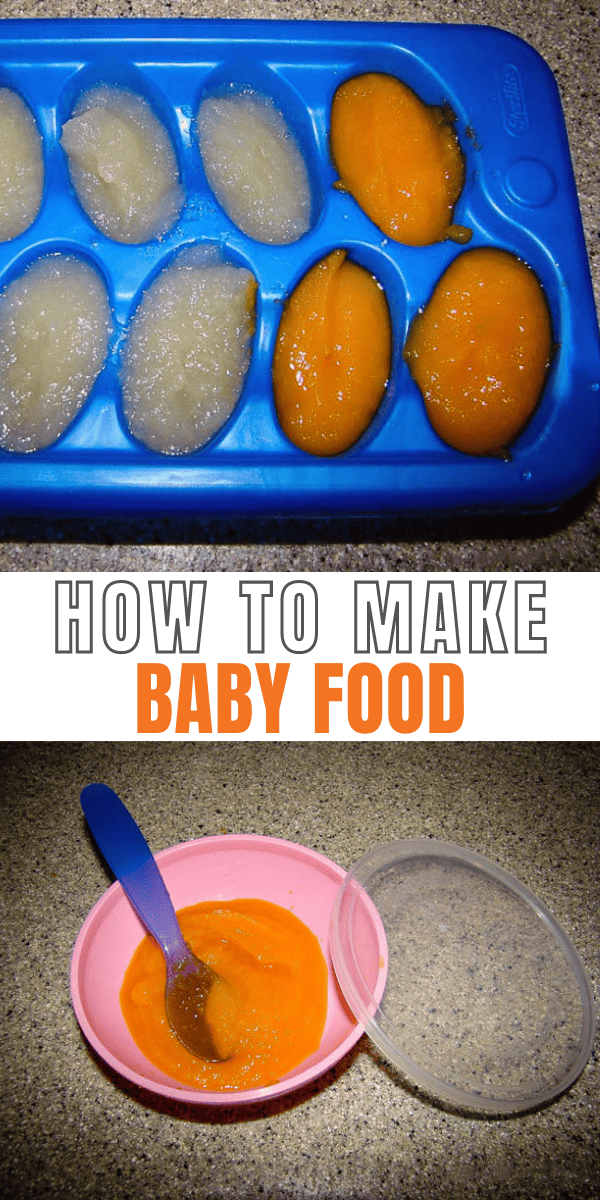
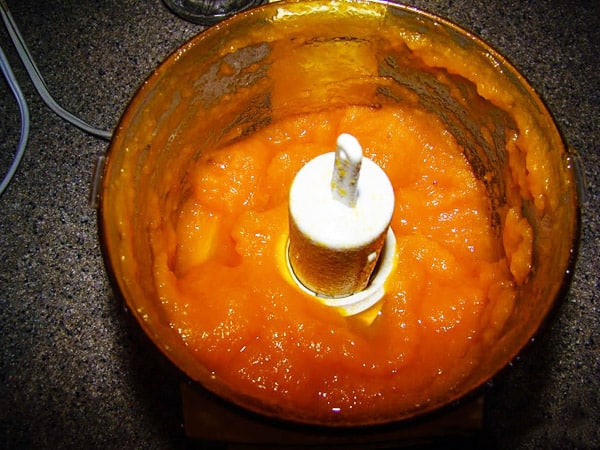
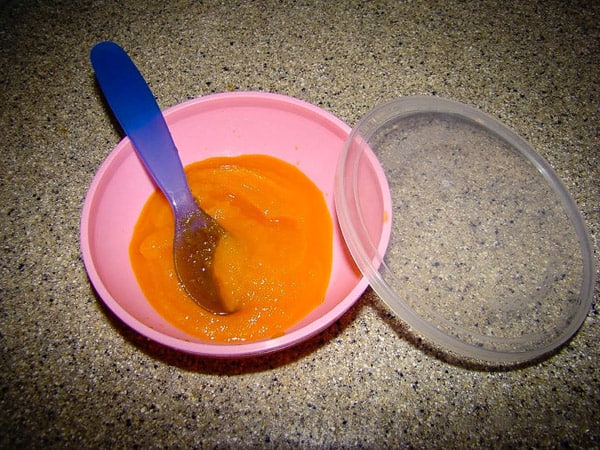
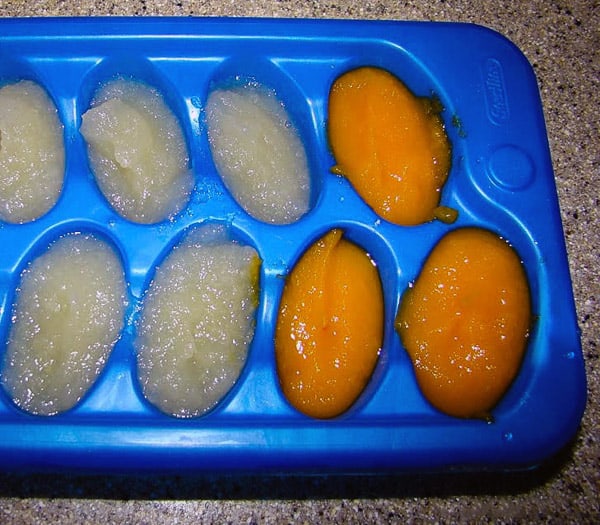
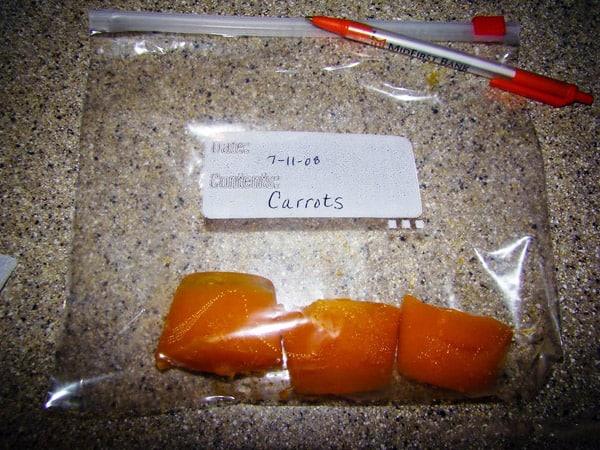
8 Comments on “How to Make Homemade Baby Food”
This is definitely so much healthier and more natural than baby food we buy in stores!
I did this with my youngest son and it was SO easy and economical. I loved mixing ingredients together, too, to change up flavors.
You are lovely, love your blog & adore all the work you are doing!
xx
Cheers, Kelly Lynch Ring
This a very helpful post on baby food for beginners. Thanks for posting it to help parents!
This is a terrific post. Homemade baby food is a popular subject and can be intimidating to new moms who have so many other new things to learn. Thanks for simplifying the homemade baby food process.
Thank you for the comments everyone. I’m glad to hear that you enjoyed these tips 🙂
Butternut squash was always a big hit with my kids. I would mix it with what ever meat we were eating as the kids got ready for more mature foods.
This is super awesome, Ali! I follow the Super Baby Food method and what you share is similarly helpful. My little one has never had jarred food and eats healthier than anyone I know! Thanks for breaking it down in your post here and encouraging other families to be as healthy as possible.
Best,
Nell